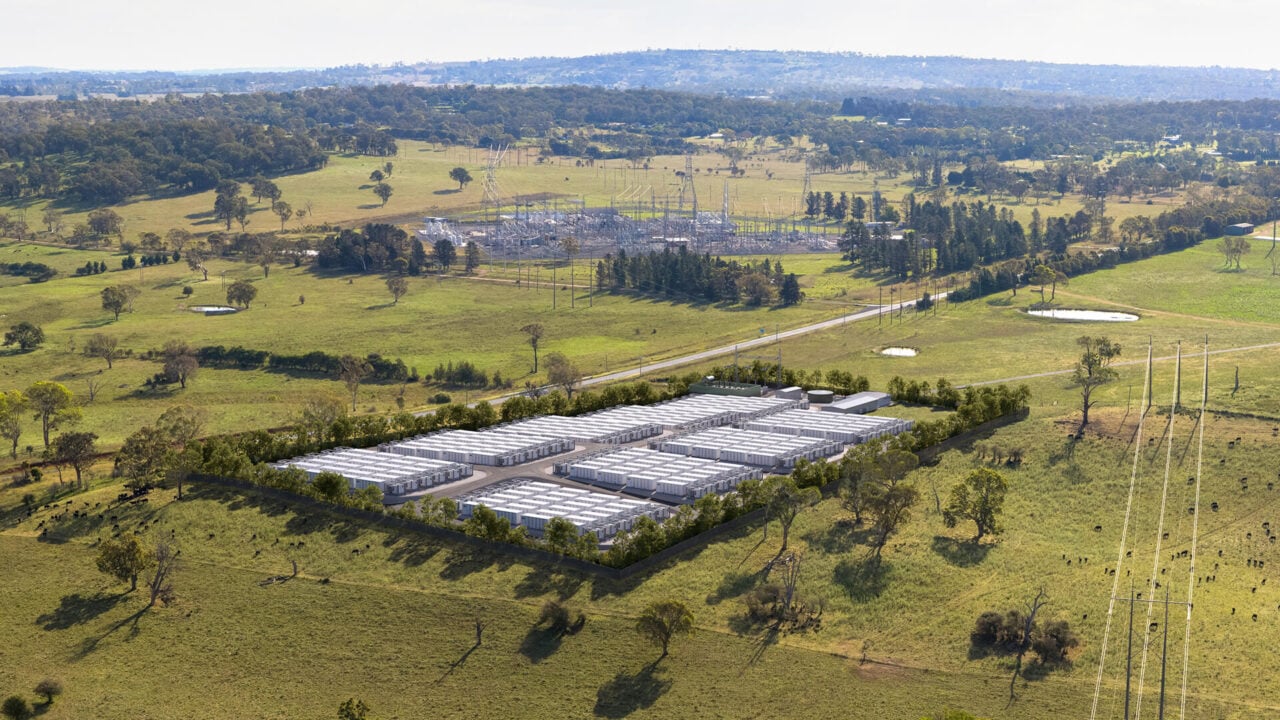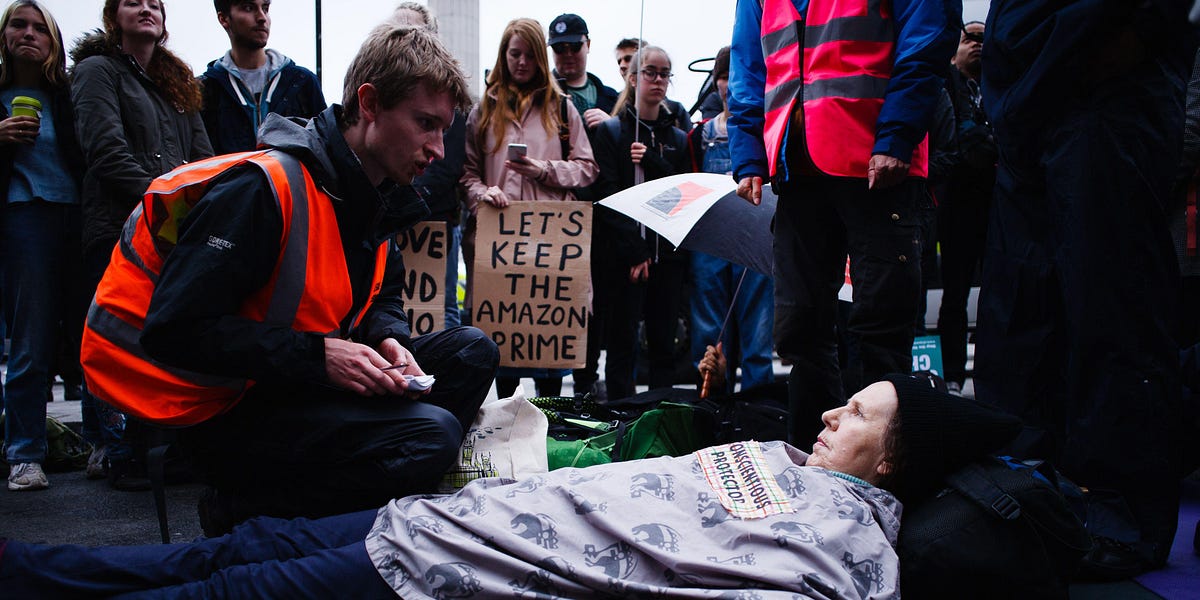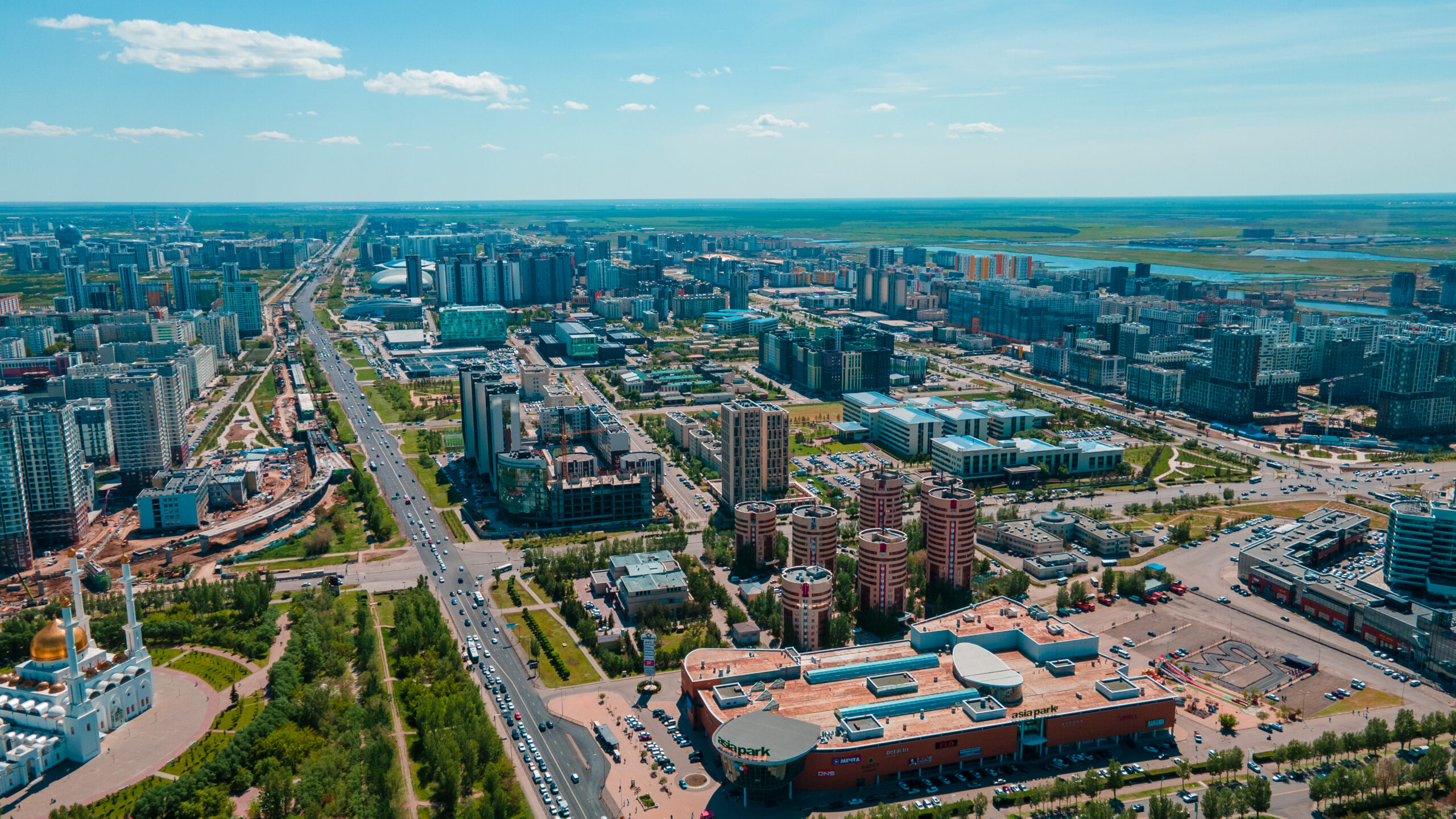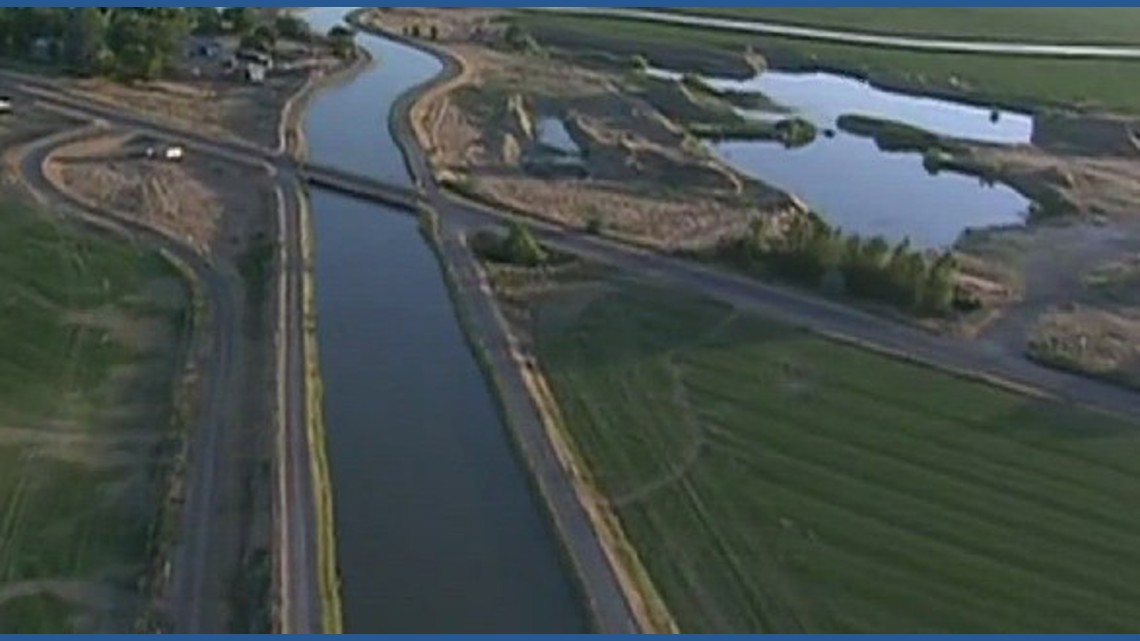The war from the sky: How drone warfare is shaping the conflict in Myanmar – ACLED (Armed Conflict Location and Event Data)


Drone Utilization in Myanmar’s Armed Conflict: A Focus on Sustainable Development Goals (SDGs)
Introduction to Drone Forces and Their Capabilities
Following the coup in Myanmar, various resistance groups have emerged, including specialized drone units such as the Federal Wings and Cloud Wings, affiliated with the Karen National Union/Karen National Liberation Army in Kayin state. Other groups, like Shar Htoo Waw, act as knowledge centers for drone innovation, providing training and resources. The disparity in resources among resistance groups affects their ability to access and utilize drone technology effectively.
Types and Modifications of Drones
- Multi-rotor drones: Including quadcopters and hexacopters, capable of vertical takeoff and landing.
- Fixed-wing drones: Require horizontal launch but offer longer flight ranges.
- Other types: Delta wing and vertical take-off and landing drones.
Resistance groups have enhanced drones by adding cameras, first-person view features, increasing payloads, and converting them into suicide (kamikaze) drones designed to crash into targets and detonate.
Strategic Applications of Drones
- Reconnaissance and intelligence gathering.
- Disrupting military supply lines and reinforcements.
- Engaging in combat and destroying high-value military assets.
- Conducting high-profile attacks and assassinations.
- Psychological warfare by flying unarmed drones to lower enemy morale.
Notable attacks include simultaneous kamikaze drone strikes on the Aye Lar military airbase and military headquarters in Nay Pyi Taw on 4 April 2024, and subsequent attacks targeting military helicopters and facilities in April 2024. In November 2024, a coordinated drone attack damaged aircraft and weapon factories after nearly one year of planning.
Impact on Battlefield Dynamics and SDGs
Drones have compensated for the resistance groups’ lack of air force and heavy weaponry, enabling offensive operations and territorial gains. This development aligns with SDG 16 (Peace, Justice, and Strong Institutions) by influencing conflict dynamics and the balance of power. However, the use of drones also raises concerns regarding civilian safety and infrastructure.
The Military’s Aerial Campaign and Drone Integration
Military Air Superiority and Increased Airstrikes
The Myanmar military maintains air superiority through jets, helicopters, and increasingly, drones and paramotors. Airstrikes have surged, with 1,134 recorded between January and May 2025, compared to lower numbers in previous years. Despite this, troop attrition and low morale have weakened ground forces.
Conscription and Resource Challenges
- Conscription law enacted in February 2024 targeting young men and women.
- Forced recruitment among repatriated individuals and impoverished populations.
- Economic decline and foreign currency shortages limit jet fuel procurement.
These challenges have driven the military to prioritize drone technology development, which is less costly and requires less training, supporting SDG 8 (Decent Work and Economic Growth) through technological adaptation.
Drone and Paramotor Deployment
Since 2024, the military has augmented its aerial capabilities with drones and paramotors, including power-motored paragliders capable of ground attacks. Over 120 paramotor uses and 70 related fatalities have been documented. Drones equipped with cameras, infrared sensors, and night vision are used for reconnaissance and combat in multiple conflict zones.
Operational Impact and Technological Adaptation
Military drones have slowed resistance advances, notably in Bhamo, where advanced thermal imaging and infrared technology have impeded opposition forces. The military has recaptured territories previously lost, demonstrating the effectiveness of drone-enabled precision strikes. This reflects SDG 9 (Industry, Innovation, and Infrastructure) through the military’s adaptation and innovation in warfare technology.
Mirroring Resistance Drone Strategies
The military has adopted tactics similar to resistance groups, including the use of improvised drones with metal or plastic bombs. This indicates a mutual learning process and external influence, particularly from allies such as China and Russia.
The Drone Arms Race and Its Implications
Escalation and Countermeasures
The military has rapidly closed the gap in drone usage since late 2024, aided by advanced jamming devices that disrupt resistance drone operations. These jammers interfere with drone signals, causing crashes or loss of control, impacting resistance groups’ operational capacity.
Supply Chain and Economic Challenges for Resistance Groups
- China’s export restrictions on dual-use items and drone parts.
- Increased drone costs due to border closures, currency depreciation, and inflation.
- Limited budgets and inability to procure arms due to non-state actor status.
These factors hinder resistance groups’ ability to sustain drone operations, affecting SDG 10 (Reduced Inequalities) as resource disparities widen.
Impact on Civilian Safety and Infrastructure
Drone crashes caused by jamming have resulted in civilian casualties and destruction of civilian infrastructure, including religious sites. The military’s drone strikes have caused at least 191 deaths, with 158 civilians among them, undermining SDG 3 (Good Health and Well-being) and SDG 11 (Sustainable Cities and Communities).
Adaptation and Tactical Shifts
Resistance groups with better resources can partially overcome jamming, while smaller groups revert to ground combat. The military’s enhanced drone capabilities and jamming technology place resistance groups at a disadvantage in the drone arms race.
Assessment of Drones’ Influence on Warfare and Sustainable Development
Changing Nature of Conflict
Drones offer cost-effective, accessible means for both sides to conduct military operations with reduced casualties. The military’s growing drone dominance in 2025 suggests a shift in airspace control, though it may not decisively alter ground power dynamics due to stretched military resources.
Consequences for Civilian Populations and SDGs
- Continued targeting of civilian areas disrupts livelihoods and public services.
- Destruction of healthcare clinics, markets, and schools impedes SDG 3 (Good Health and Well-being) and SDG 4 (Quality Education).
- Hindrance to resistance groups’ ability to establish stable governance affects SDG 16 (Peace, Justice, and Strong Institutions).
Future Outlook and Recommendations
With external support from China and Russia, the military is expected to expand drone use in counter-offensives. Resistance groups must enhance drone modification, weapons production, and coordination to counterbalance military advances. Strengthening countermeasures and fostering sustainable conflict resolution align with SDG 16 and SDG 17 (Partnerships for the Goals).
1. Sustainable Development Goals (SDGs) Addressed or Connected
- SDG 16: Peace, Justice and Strong Institutions
- The article discusses armed conflict, military operations, and resistance groups in Myanmar, highlighting issues of violence, security, and governance.
- It addresses the impact of military actions on civilians and the challenges to peace and stability.
- SDG 3: Good Health and Well-being
- The article mentions civilian casualties, injuries, and destruction of healthcare clinics due to military airstrikes and drone attacks.
- SDG 9: Industry, Innovation and Infrastructure
- The development, modification, and use of drones by both resistance groups and the military reflect innovation and technological adaptation.
- It also touches on local production of drones and arms manufacturing facilities.
- SDG 8: Decent Work and Economic Growth
- The article references the declining economy, inflation, and the impact of conflict on livelihoods and economic conditions.
- SDG 10: Reduced Inequalities
- The forced conscription of poor people and repatriated individuals highlights social inequalities exacerbated by conflict.
2. Specific Targets Under the Identified SDGs
- SDG 16: Peace, Justice and Strong Institutions
- Target 16.1: Significantly reduce all forms of violence and related death rates everywhere.
- Target 16.3: Promote the rule of law at the national and international levels and ensure equal access to justice for all.
- Target 16.6: Develop effective, accountable and transparent institutions at all levels.
- SDG 3: Good Health and Well-being
- Target 3.8: Achieve universal health coverage, including access to quality essential health-care services.
- Target 3.9: Reduce the number of deaths and illnesses from hazardous chemicals and air, water and soil pollution and contamination.
- SDG 9: Industry, Innovation and Infrastructure
- Target 9.1: Develop quality, reliable, sustainable and resilient infrastructure.
- Target 9.5: Enhance scientific research, upgrade the technological capabilities of industrial sectors.
- SDG 8: Decent Work and Economic Growth
- Target 8.5: Achieve full and productive employment and decent work for all women and men.
- Target 8.9: Devise and implement policies to promote sustainable tourism that creates jobs and promotes local culture and products (implied through economic disruption).
- SDG 10: Reduced Inequalities
- Target 10.2: Empower and promote the social, economic and political inclusion of all.
3. Indicators Mentioned or Implied to Measure Progress
- SDG 16 Indicators
- Number of deaths and injuries from armed conflict and violence (implied through reported casualties and fatalities).
- Incidence of conflict-related violence in civilian areas (implied by descriptions of airstrikes and drone attacks on civilian infrastructure).
- Number of attacks on institutions and public services (implied by destruction of healthcare clinics, markets, and schools).
- SDG 3 Indicators
- Number of people injured or killed due to conflict-related violence.
- Availability and functionality of healthcare facilities in conflict zones.
- SDG 9 Indicators
- Number and type of locally produced drones and military technology (implied by local drone production and modification).
- Technological capabilities and innovation in drone warfare.
- SDG 8 Indicators
- Economic indicators such as inflation and currency depreciation (implied by the rising cost of drones and economic decline).
- Employment rates and forced conscription statistics (implied by military recruitment challenges and forced conscription of poor people).
- SDG 10 Indicators
- Social inclusion metrics (implied by forced recruitment and the impact on marginalized groups).
4. Table of SDGs, Targets, and Indicators
| SDGs | Targets | Indicators |
|---|---|---|
| SDG 16: Peace, Justice and Strong Institutions |
|
|
| SDG 3: Good Health and Well-being |
|
|
| SDG 9: Industry, Innovation and Infrastructure |
|
|
| SDG 8: Decent Work and Economic Growth |
|
|
| SDG 10: Reduced Inequalities |
|
|
Source: acleddata.com

What is Your Reaction?
 Like
0
Like
0
 Dislike
0
Dislike
0
 Love
0
Love
0
 Funny
0
Funny
0
 Angry
0
Angry
0
 Sad
0
Sad
0
 Wow
0
Wow
0













































































